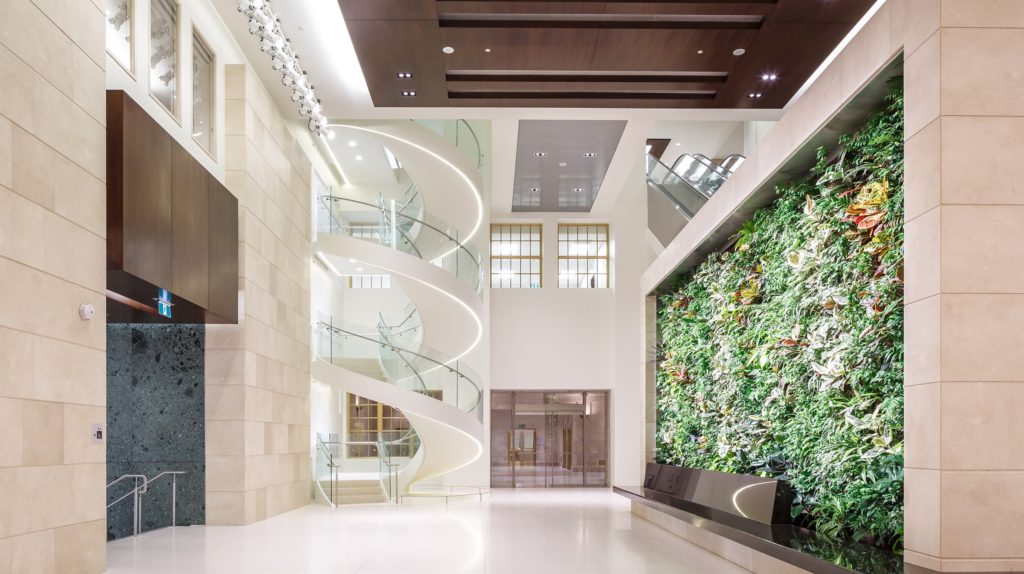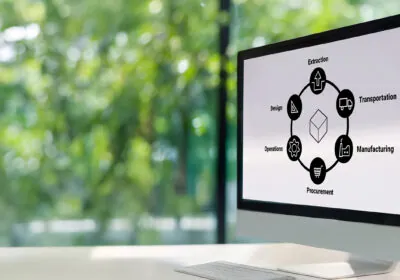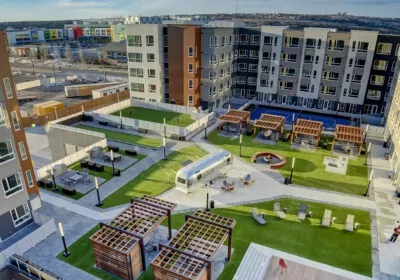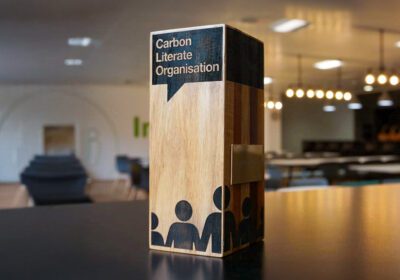Energy & Carbon

Energy & Carbon
NORR is committed to supporting the transformation of the built environment from a major source of carbon emissions to an important contributor in the fight against the climate crisis. We accept the urgent challenge of decarbonization as a standard practice, rather than the exception. We share the vision of the United Nations Sustainable Development Goals to strengthen common objectives across the globe.
A Carbon Conscious Commitment
We understand that we must advance the development of sustainable, resilient, equitable, and zero-carbon buildings, communities and cities. To that end, NORR has committed to two industry initiatives to be part of the global solution that is holistic, practice-wide, project-based and data-driven.
2030 Commitment
Architecture 2030 / 2030 Challenge is an initiative that partners with the global architecture and building community to target all new buildings, developments and major renovations to be carbon-neutral by 2030. NORR signed the AIA 2030 Commitment, the program that provides a framework to standardize reporting for measuring progress and helps to validate our sustainable design approach. It’s a complex process but one that is critical to creating design solutions that are socially aware, environmentally responsible and financially viable. Read our latest AIA 2030 Commitment Sustainability Action Plan.
SE 2050 Challenge
SE 2050 Challenge is a program launched by the Structural Engineering Institute that targets net zero embodied carbon for structural engineering components in a building by 2050. The structural components of a building accounts for almost 50% of the total building’s embodied carbon, even as the cost of the structure may only be about 20% of the same project. Our team is working collaboratively to transform and implement carbon reduction strategies through our stated actions in the NORR SE 2050 Embodied Carbon Action Plan (ECAP) that includes education and literacy, lifecycle tools and analysis, and measurement and reporting. Our Plan is critical to an achievable path to net zero embodied carbon structures.
Our Journey to Carbon Neutrality
We are conducting carbon accounting of our internal operations across our global offices. We established a benchmark and are now using a science-based net zero strategy to achieve year-over-year reductions on our journey to carbon neutrality. A formal framework for measurement and analysis is guided through our partnership with Positive Planet at the global level, and the Environment and Climate Change Canada Net-Zero Challenge.
We are measuring Scope 1, 2 and 3 emissions—a universal standard for categorizing carbon emissions. This requires extensive data collection of all purchases, utility energy consumption, company travel and more to advance our workplace policies and procedures. A rigorous design, construction and operations guideline works to promote well-being, operational savings and greenhouse gas reductions. View the Carbon Reduction Plan provided by our reporting partner Positive Planet.
We are committed to sharing our footprint analysis and the related Carbon Reduction Plan to demonstrate our progress to achieve net zero emissions across Scopes 1 and 2 by 2050, including a few categories across Scope 3. Our first interim target is to reduce Scope 1 and 2 emissions by 40% by 2030 while our second interim target is to reduce Scope 1 and 2 emissions by 65% by 2040, along with a few categories of Scope 3 emissions for each target. We used scenario P2 from a database developed for the IPCC Special Report 1.5 for the development of the net zero plan and setting 2030 and 2040 targets.
In addition to these efforts, we acknowledge the importance of the Task Force for Climate-related Financial Disclosures (TCFD) recommendations as a component of net zero planning. View the internal memo regarding this disclosure.
A Carbon Literate Organization
In recognition of the need to connect the dots between our business actions and positive environmental results, NORR engaged Positive Planet to undertake their accredited Carbon Literacy trainings. As a result, in 2025, NORR was globally recognized as a Bronze Carbon Literate Organization (CLO) by the Manchester, UK-based Carbon Literacy Project. As a Bronze CLO, NORR is committed to fostering a culture of awareness and action across all teams so that, moving forward, all of our business actions become an opportunity to also yield positive environmental outcomes.
Green Building Certificates and Standards
Since 2000, NORR has played a role in the successful certification of more than 500 projects seeking third-party rating system certifications such as LEED, BREEAM, Green Globes, Fitwel, Passive House (international) and others. Additionally, many of our professional employees are credentialed in one, or more, rating systems, which means that we are actively engaging holistic measures in our work, to promote sustainability and well-being outcomes.
Advocacy and Knowledge
Impact comes through knowledge and NORR is committed to increasing carbon literacy in the industry, with our teams, clients and partners. By promoting and advocating for carbon-literate teams, we are increasing awareness of the carbon dioxide costs in buildings, as well as in everyday activities, providing knowledge and motivation to reduce emissions on an individual, community and organizational basis.
To help increase awareness of this important initiative, we continue to develop thought leadership pieces that provide knowledge and context for building owners, investors and managers to consider. We invite you to read some of our Insights below.
Related Content
See More in Corporate Social Responsibility

Community Impact
Design to achieve social benefits

Equity, Diversity & Inclusion
Design to achieve a better human experience



